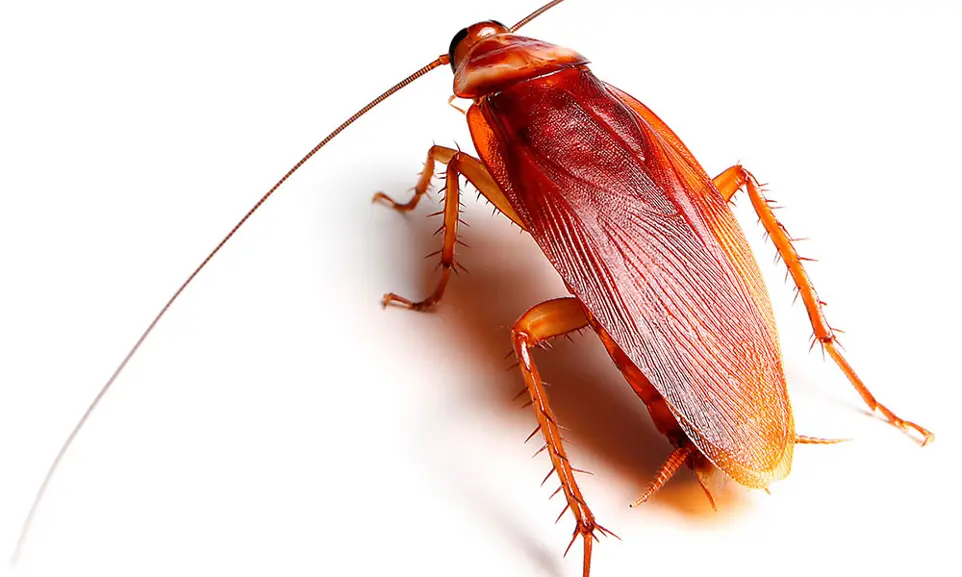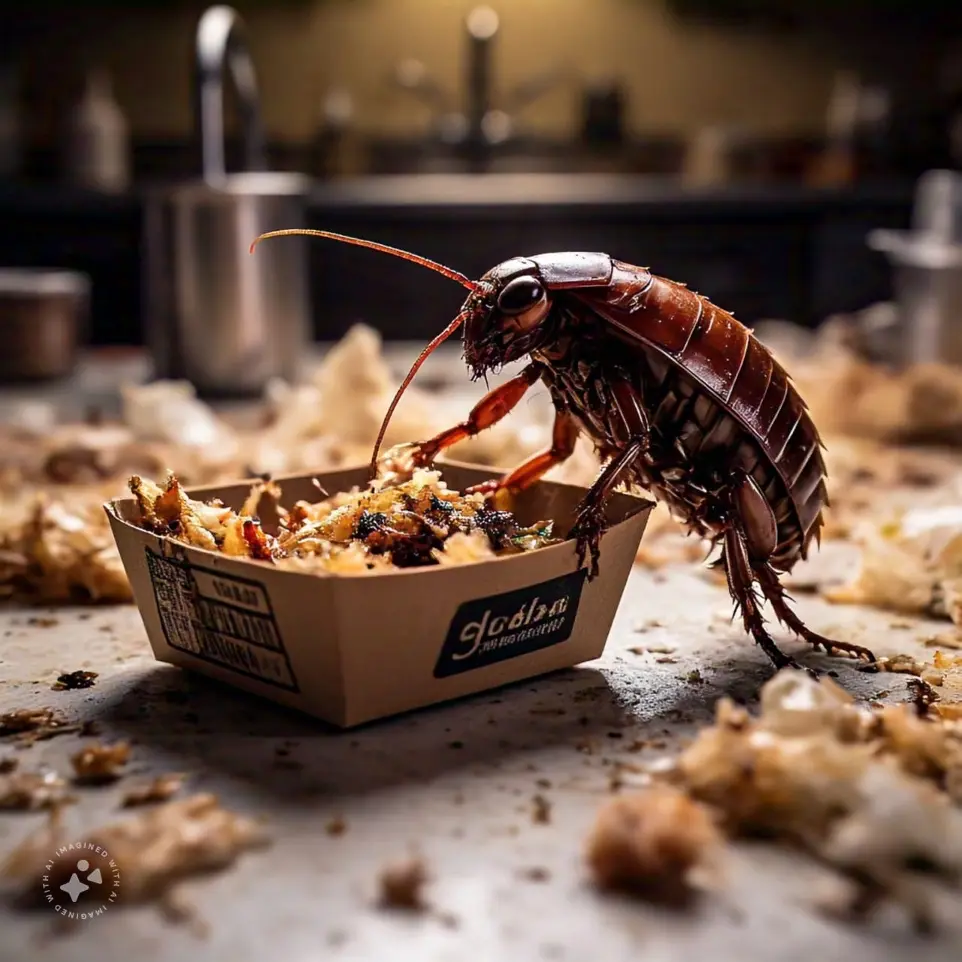Outsmart the American Roach: Your Solution for a Cleaner, Roach-Free Space!

American Roach (
Periplaneta americana
)
Size: 1.5–2 inches (3.8–5 cm) in length
Weight: 0.2–0.3 grams
Color: Reddish-brown with a glossy appearance
Body Shape: Oval, with long, slender legs
Eyes: Large and prominent
Antennae: Long and thin, extending forward
- Capable of flying short distances
- Fast runners, known for their ability to escape quickly when threatened

Feeding Preferences
The American cockroach is highly adaptable when it comes to finding sustenance and will consume almost any organic material available. In commercial settings, they are attracted to a variety of options, including crumbs, food spills, and discarded leftovers. They are opportunistic feeders, preying on both sweet and starchy items as well as proteins found in grease or waste. Their strong ability to forage means they often target areas near storage zones, waste bins, or areas with poor waste disposal practices. Proper sanitation and effective waste management are key to reducing their access to these resources and minimizing their presence.

Habitat
The American cockroach thrives in areas that provide warmth, moisture, and easy access to food. In commercial and industrial settings, they are commonly found in dark, damp spaces such as behind machinery, near drains, or within cracks and crevices. These areas offer the ideal conditions for survival, with proximity to waste or leftover food making them a prime target. They are particularly drawn to places with poor ventilation or areas near plumbing systems, as these spots offer shelter and access to water. Their ability to hide in concealed spaces allows them to remain undetected while posing risks to cleanliness and hygiene.

UPM's AIR Approach for American Roach:
- Assess: Inspect your home for signs of cockroach activity, such as droppings, egg cases, or dead roaches. Check areas like kitchens, bathrooms, basements, and any damp, hidden spaces to assess the severity of the infestation.
- Implement: Apply targeted treatments such as baits, traps, and insecticides. Focus on eliminating food and water sources, sealing entry points, and improving sanitation to reduce the cockroach population.
- Review: Regularly monitor affected areas for signs of roach activity and continue with preventive measures, such as keeping food sealed, fixing leaks, and maintaining a clean environment to prevent future infestations.
Frequently Asked Questions
Signs include visible cockroaches, droppings that resemble small black specks, a musty odor, or damage to food packaging.
They prefer warm environments and are unlikely to survive in colder conditions unless indoors.
A single female can produce up to 30 egg cases in her lifetime, each containing up to 40 eggs, leading to rapid population growth.
They can spread bacteria and pathogens through their droppings, urine, and contact with food supplies, compromising hygiene in food-related areas.
Yes, birds, certain spiders, and other insects prey on them in their natural environment.
Sealing entry points, improving waste management, and ensuring food is securely stored can reduce their chances of entering.
While they can fly short distances, they typically rely on running to move between areas in search of food and shelter.